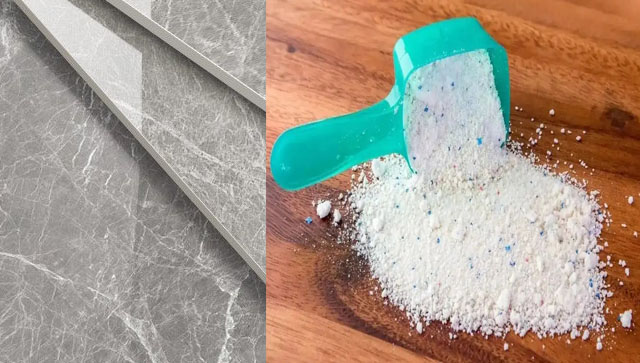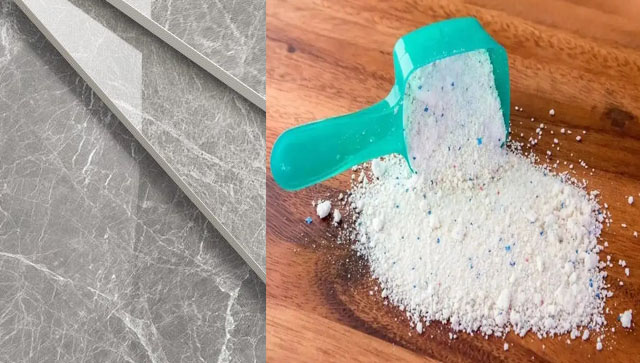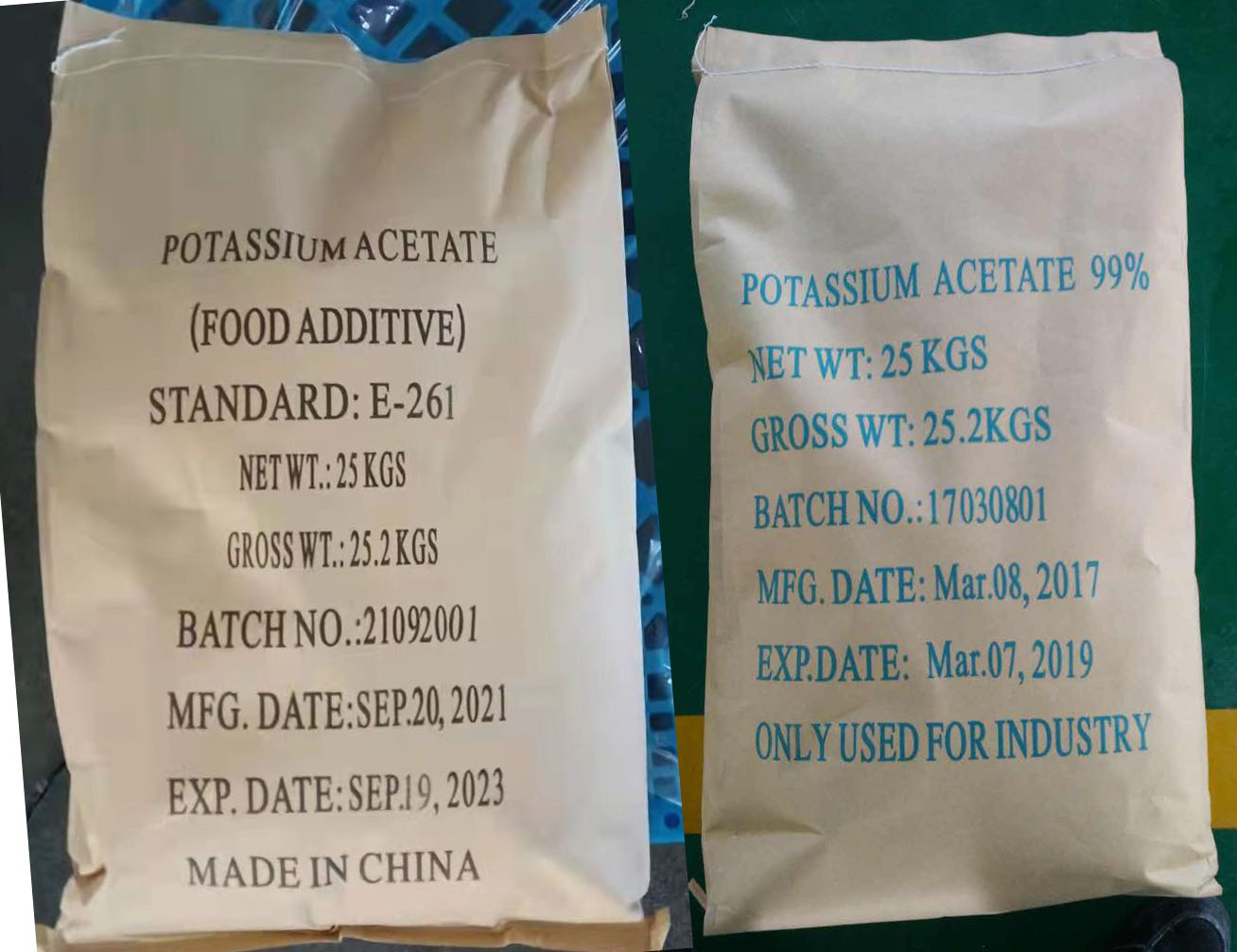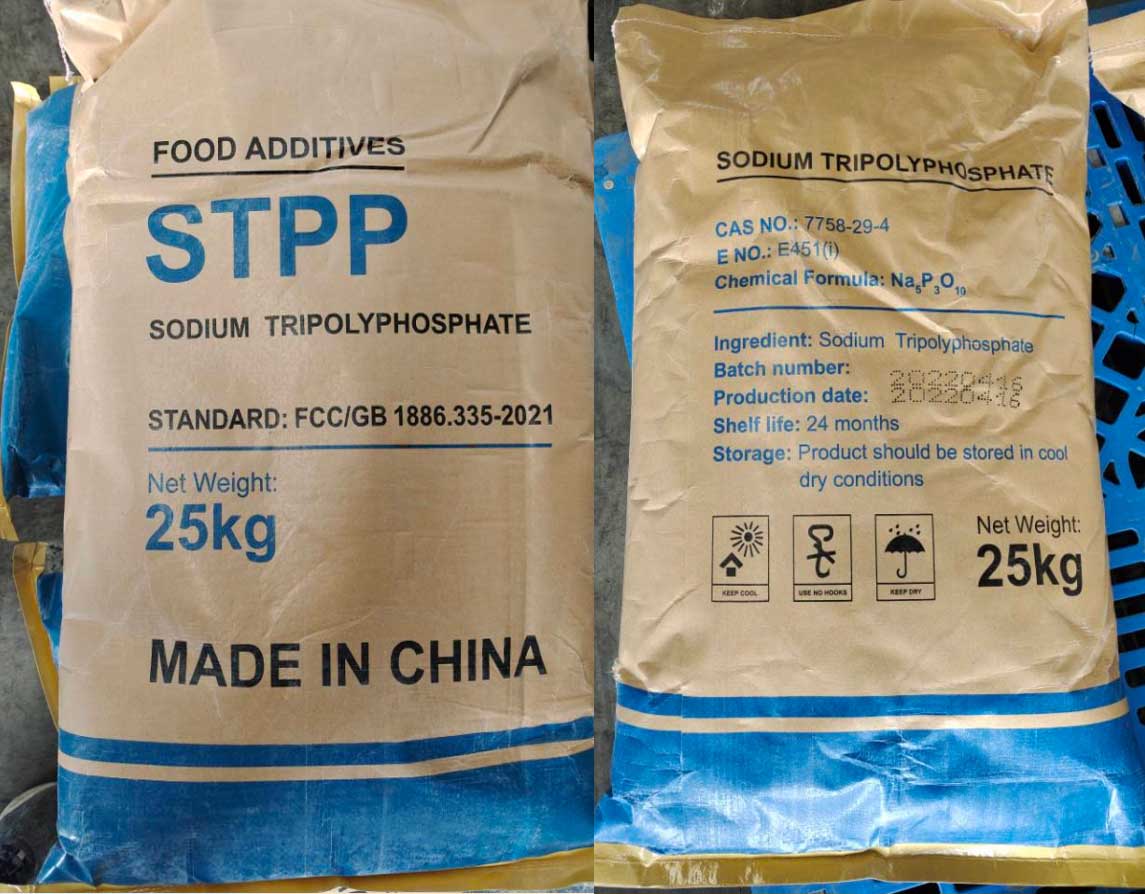Introduction to Potassium Carbonate
Potassium carbonate (K2CO3) is a white, odorless, hygroscopic solid that is highly soluble in water. It is an inorganic compound with a wide range of applications across various industries. The chemical formula K2CO3 represents the compound, which is commonly used in its hydrated form, such as potassium carbonate monohydrate (K2CO3·H2O).
Properties of Potassium Carbonate
- Molecular Weight: 138.21 g/mol
- Density: 2.428 g/cm³ (anhydrous form)
- Melting Point: 891°C (anhydrous form)
- Solubility in Water: Highly soluble (1120 g/L at 20°C)
Production of Potassium Carbonate
Potassium carbonate can be produced through several methods, including:
- Leblanc Process: This historical method involves the reaction of potassium chloride with sodium carbonate.
- Electrolysis: Modern methods involve the electrolysis of potassium chloride to produce potassium hydroxide, which is then carbonated to form potassium carbonate.
Applications in Different Industries
1. Food Industry
- pH Buffering: Potassium carbonate is used as a pH buffer in food products to maintain the desired acidity levels.
- Baking: It is used as a leavening agent in baked goods, helping to release carbon dioxide and make the products rise.
- Food Additive: It is used as a food additive under the E number E501, serving as a raising agent and a source of potassium.
2. Glass and Ceramics Industry
- Glass Manufacturing: Potassium carbonate is used as a flux in glass manufacturing, lowering the melting point of silica and other components, making it easier to work with.
- Ceramic Glazes: It is used in ceramic glazes to enhance the smoothness and durability of the final product.
3. Chemical Industry
- Synthesis of Other Compounds: Potassium carbonate is used as a raw material for the synthesis of other potassium compounds, such as potassium bicarbonate and potassium permanganate.
- Neutralizing Agent: It is used as a neutralizing agent in the production of pharmaceuticals and other chemicals.
4. Agriculture
- Fertilizer: Potassium carbonate is used as a source of potassium in fertilizers, essential for plant growth and development.
- Soil Amendment: It can be used to adjust the pH of acidic soils, making them more suitable for certain crops.
5. Textile Industry
- Dyeing and Printing: Potassium carbonate is used in the dyeing and printing processes of textiles to fix dyes and improve colorfastness.
6. Fire Extinguishers
- Dry Powder Extinguisher: Potassium carbonate is used in some dry powder fire extinguishers, particularly for Class B (flammable liquids) and Class C (electrical) fires.
Safety and Handling
- Toxicity: Potassium carbonate is generally considered non-toxic but can cause irritation to the skin, eyes, and respiratory tract if inhaled or ingested.
- Handling: Proper protective equipment, such as gloves and goggles, should be worn when handling potassium carbonate.
- Storage: It should be stored in a cool, dry place, away from incompatible materials such as acids and strong oxidizers.
Conclusion
Potassium carbonate is a versatile compound with a wide range of applications in various industries. Its properties make it valuable in food, glass, ceramics, chemicals, agriculture, textiles, and fire safety. Understanding its uses and proper handling is essential for maximizing its benefits and ensuring safety.
Keywords for SEO:
1. Potassium Carbonate
2. Food Additive
3. Glass Manufacturing
4. pH Buffering
5. Fertilizer
6. Dry Powder Extinguisher




